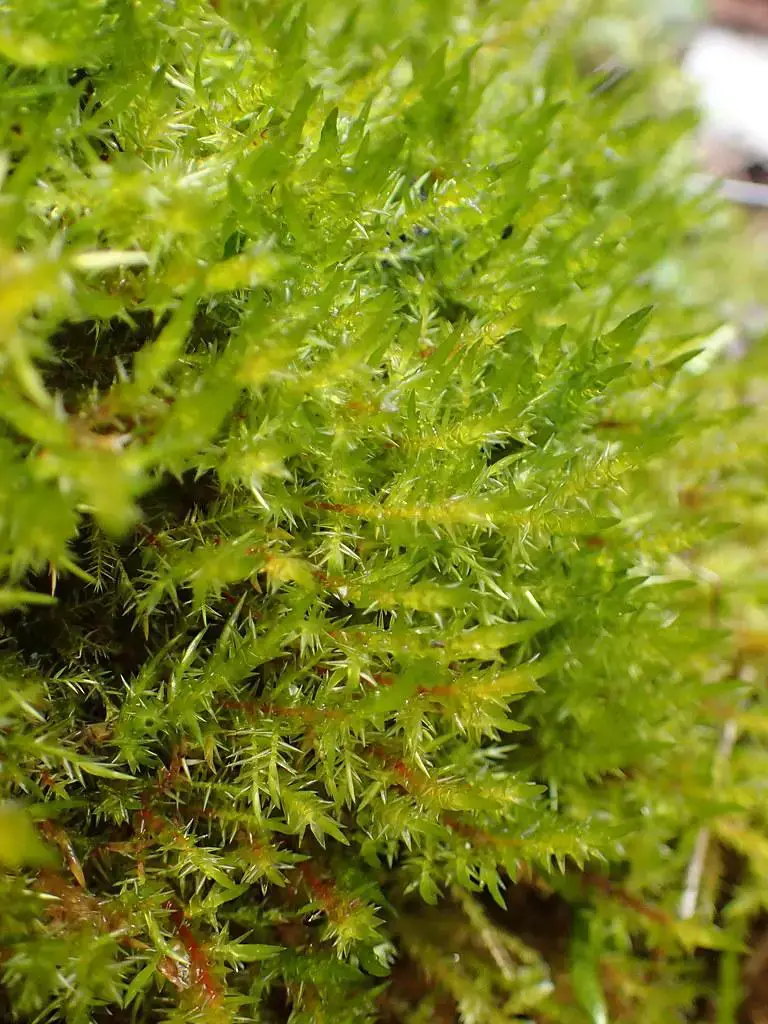
50995784222_34d78a63f5_b.jpg from: https://www.flickr.com/photos/herbier/50995784222/
Introduction
Welcome, fellow moss enthusiasts! Today, we’re going to delve into the fascinating world of Calliergonella cuspidata (Hedw.) Loeske, a captivating member of the Pylaisiaceae family and a true gem among the Bryophyta (mosses). Get ready to embark on a journey through the intricate details of this remarkable moss, commonly known as Calliergonella.
Background
Before we dive into the nitty-gritty, let’s set the stage. Bryophytes, or mosses, are a diverse group of non-vascular plants that have been around for millions of years. These resilient organisms have played a crucial role in the evolution of life on our planet, paving the way for more complex plant life to thrive.
Main Content
Morphology and Identification
Calliergonella cuspidata is a true beauty to behold. Its delicate, feathery appearance belies its hardy nature. This moss forms dense, cushion-like tufts that can reach up to 10 centimeters in height. Its slender stems are adorned with lanceolate leaves
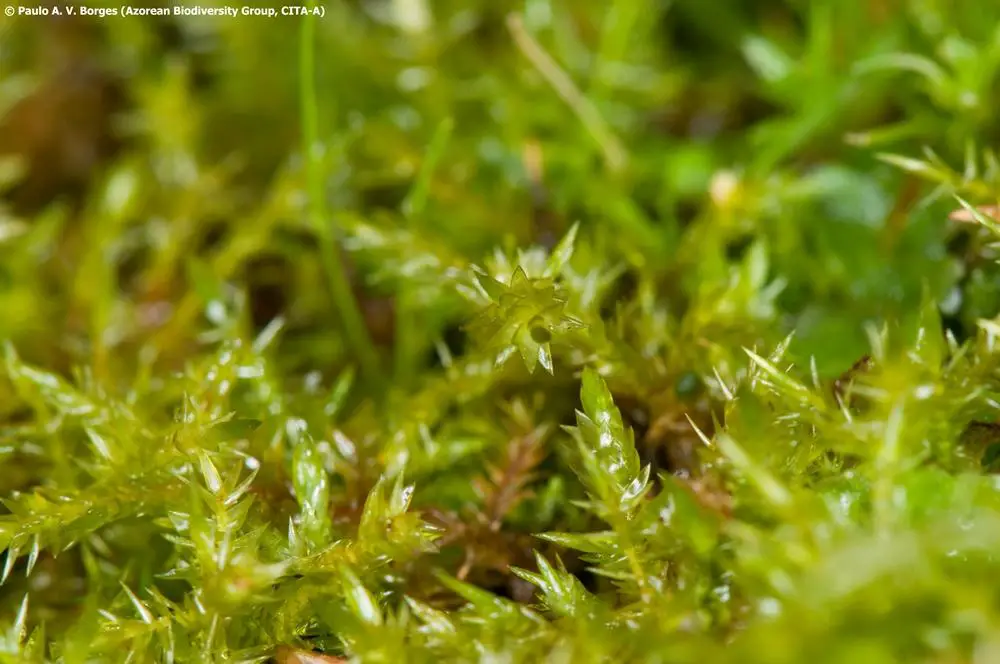
Calliergonella-cuspidata-9972-136717688727913.jpg from: https://naturdata.com/especie/Calliergonella-cuspidata/9972/0/
, each one a masterpiece of intricate detail.
One of the most distinctive features of Calliergonella cuspidata is its cuspidate
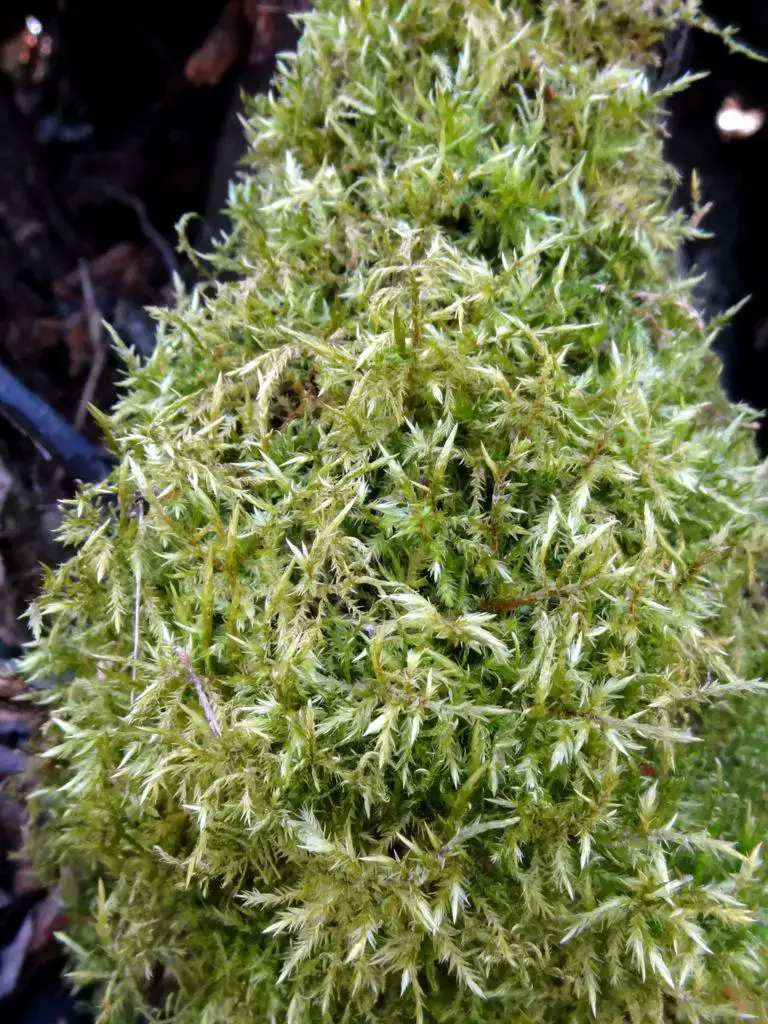
648148_ea4dc462.jpg from: https://www.plantarium.ru/page/image/id/648148.html
(gradually tapering to a fine point) leaf tips. These sharp points give the moss a unique, almost spiky appearance that sets it apart from its cousins.
Global Distribution and Habitat
This remarkable moss is a true globetrotter, found on every continent except Antarctica. It thrives in a wide range of habitats, from moist forests and wetlands to rocky outcrops and even urban areas. Its adaptability and resilience are truly impressive, allowing it to colonize diverse environments and contribute to the rich tapestry of life.
Ecological Roles and Adaptations

220323180334_DSC_0961.JPG.full.JPG from: https://wildbristol.uk/groups/ferns-horsetails-mosses-liverworts/pointed-spear-moss/
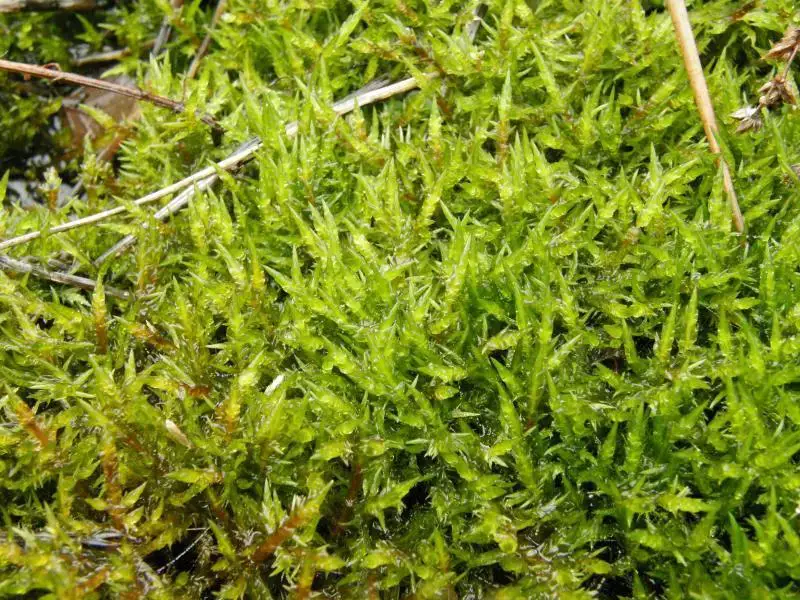
1847374.jpg from: https://waarnemingen.be/species/17310/
Calliergonella cuspidata plays a vital role in its ecosystems, acting as a pioneer species and helping to stabilize soil and prevent erosion. Its dense mats create a cozy microhabitat for a myriad of tiny creatures, from insects to microorganisms, contributing to the overall biodiversity of the area.
But that’s not all! This moss is a true master of adaptation. Its ability to desiccate (dry out) and then rehydrate when moisture returns is nothing short of remarkable. This incredible feat allows Calliergonella cuspidata to survive in harsh, drought-prone environments, making it a true survivor in the plant kingdom.
Case Study: Urban Oasis
In a world where urbanization is rapidly encroaching on natural habitats, Calliergonella cuspidata has found a way to thrive in unexpected places. Take, for example, the city of Portland, Oregon, where this resilient moss has taken up residence on the walls of buildings, sidewalks, and even in the cracks of pavement.
This urban oasis serves as a reminder of nature’s incredible ability to adapt and persevere, even in the most unlikely of places. Calliergonella cuspidata has become a beloved sight for city dwellers, adding a touch of green to the concrete jungle and reminding us of the importance of preserving and appreciating the natural world around us.
Technical Table
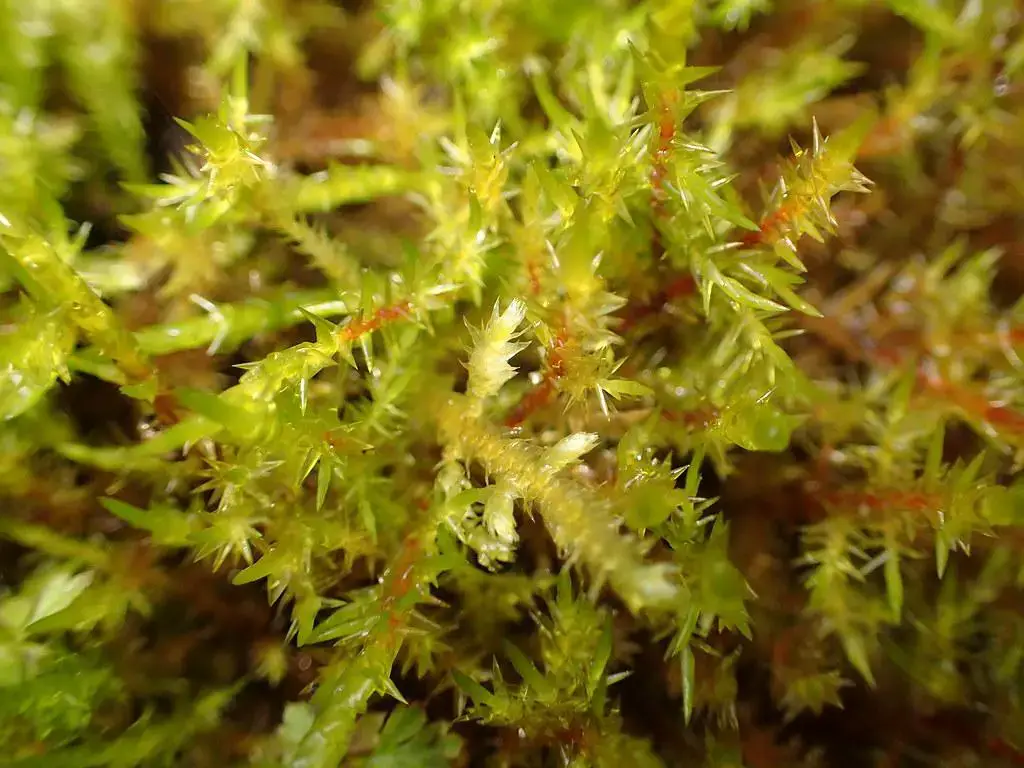
50995782857_a28805bddd_b.jpg from: https://www.flickr.com/photos/herbier/50995782857/
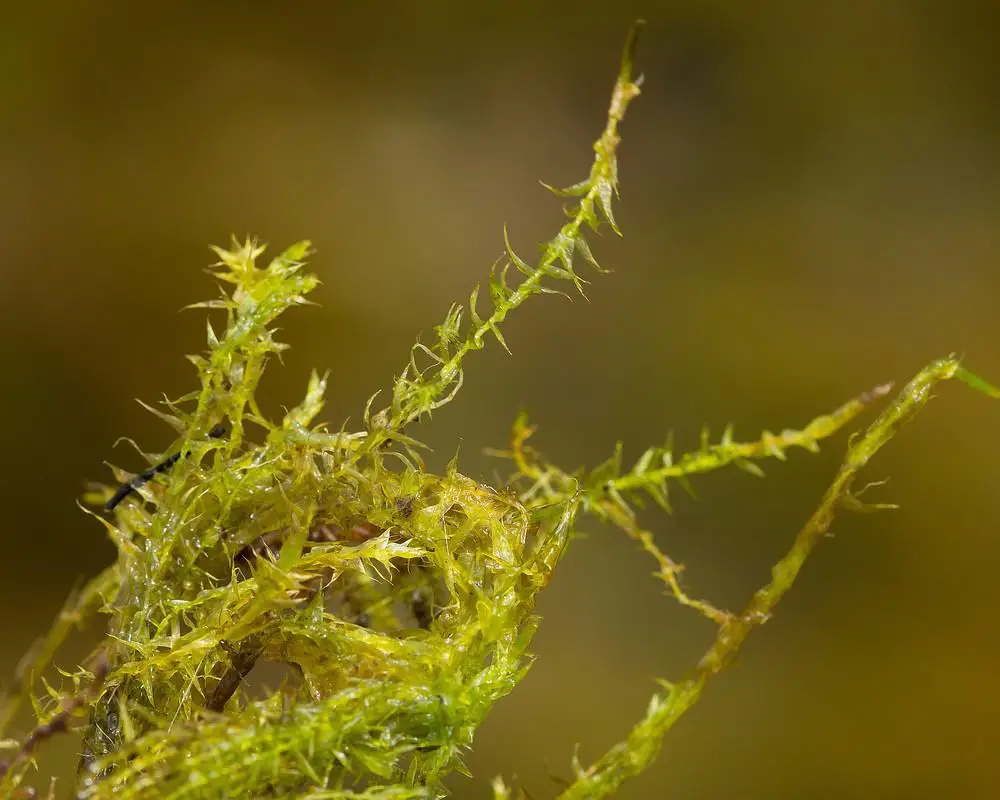
34406913.jpg from: https://waarneming.nl/waarneming/view/210646479?_popup=1
| Characteristic | Description |
|---|---|
| Scientific Name | Calliergonella cuspidata (Hedw.) Loeske |
| Family | Pylaisiaceae |
| Order | Hypnales |
Class
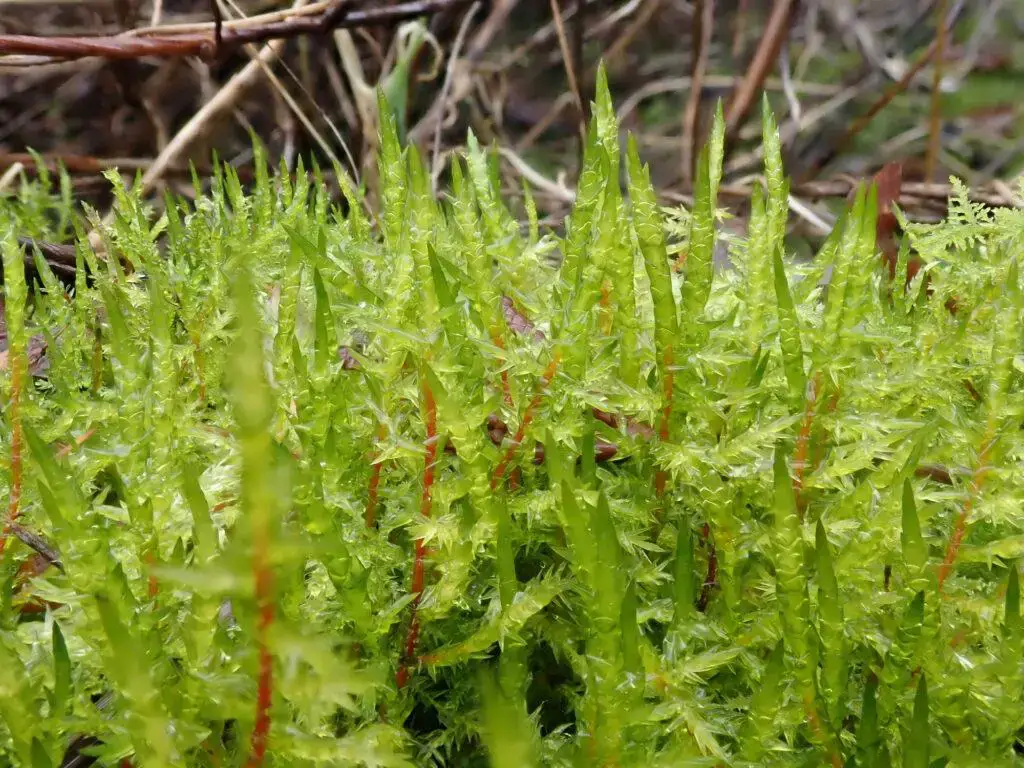 2020-12-29-15-25-43-1024×768.jpg from: https://www.britishbryologicalsociety.org.uk/learning/species-finder/calliergonella-cuspidata/ |
Bryopsida
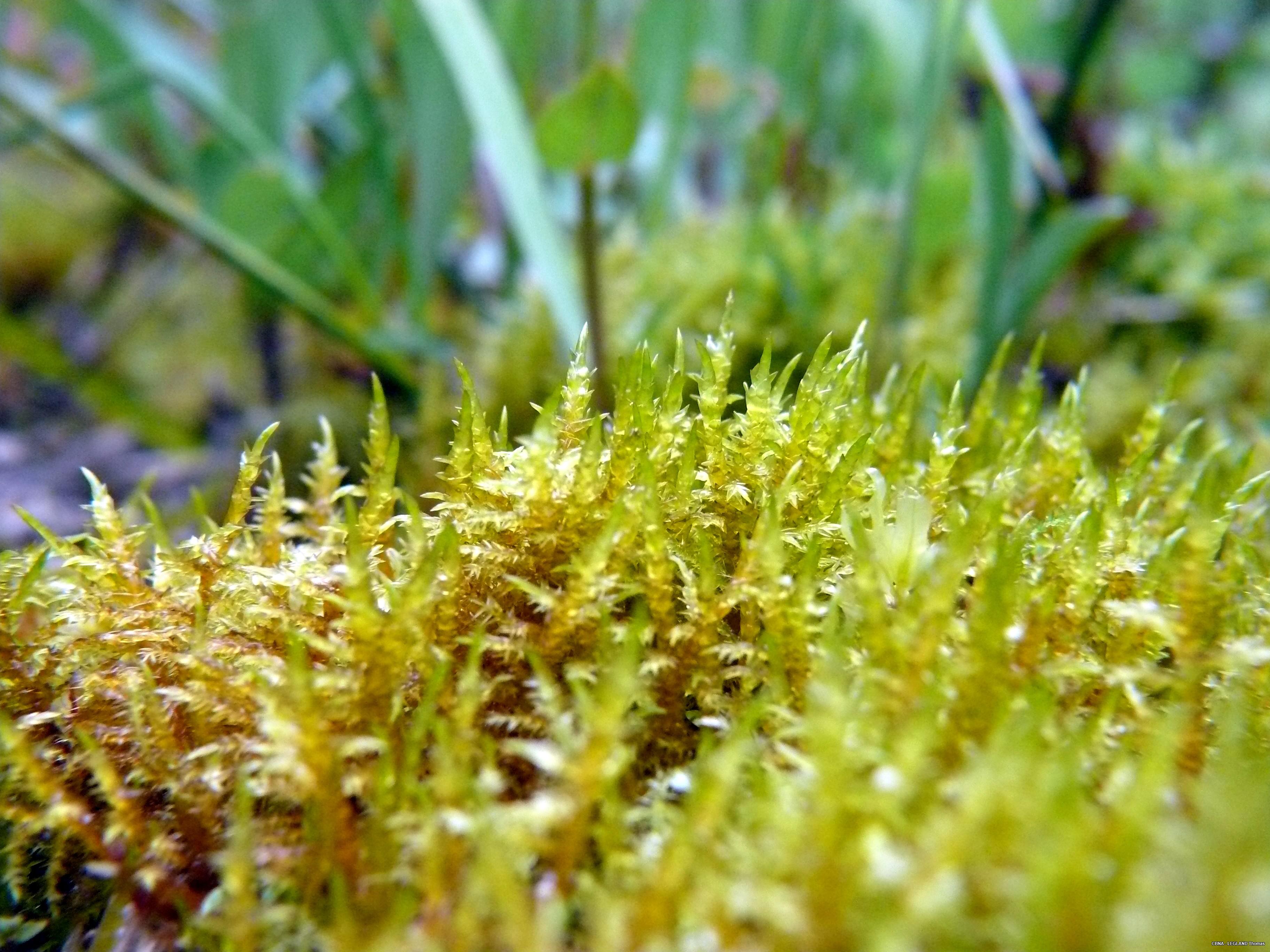 00d75fdda05eaab70595170a.jpg from: https://atlas.biodiversite-auvergne-rhone-alpes.fr/espece/5476 |
| Phylum | Bryophyta |
| Growth Form | Dense, cushion-like tufts |
| Leaf Shape | Lanceolate, gradually tapering to a fine point (cuspidate) |
| Habitat | Moist forests, wetlands, rocky outcrops, urban areas |
| Distribution | Widespread, found on every continent except Antarctica |
Conclusion
As we bid farewell to the captivating world of Calliergonella cuspidata, we are left with a newfound appreciation for the resilience and adaptability of these unassuming yet remarkable organisms. From its delicate beauty to its vital ecological roles, this moss serves as a reminder of the incredible diversity and interconnectedness of life on our planet.
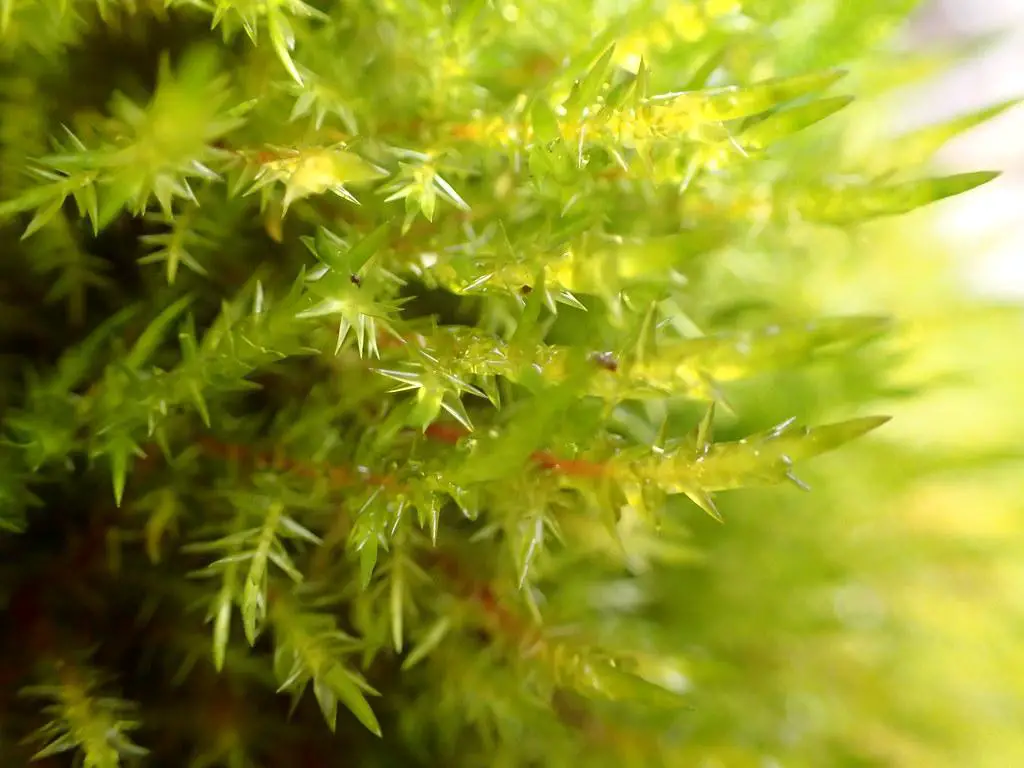
50995667801_4d17ac1669_b.jpg from: https://www.flickr.com/photos/herbier/50995667801/
So, the next time you come across a patch of moss, take a moment to appreciate the intricate world that lies beneath your feet. Who knows? You might just be gazing upon the intricate tapestry of Calliergonella cuspidata, a true survivor and a testament to the wonders of nature.